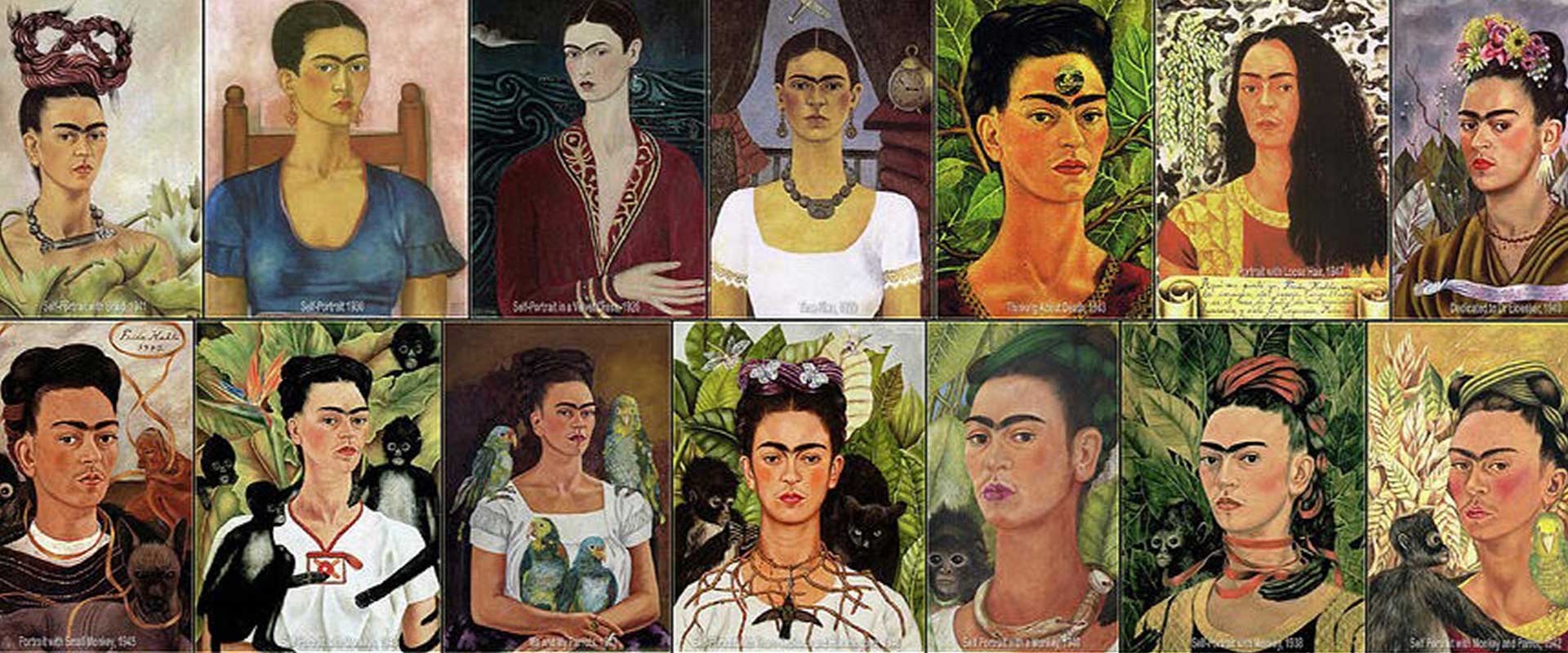Frida Kahlo’s image is instantly recognizable — not only because of her powerful self-portraits, but also because of her distinctive fashion. Her traditional Mexican clothing, elaborate hair arrangements, and bold accessories were far more than a personal style choice. They were a deliberate political statement, celebrating indigenous heritage, challenging Western beauty norms, and asserting her identity in the face of personal and political adversity. Kahlo’s dress became an extension of her art, blending symbolism, storytelling, and activism in every garment she wore. Visitors to the Frida Kahlo Museum in Mexico City can still see many of these outfits preserved exactly as she left them.
No products found.
The Political Power of Clothing
Clothing has always been a silent yet potent language, communicating social status, cultural identity, and political affiliations. For Kahlo, fashion was a form of resistance. By wearing Tehuana dresses, embroidered blouses, and rebozos, she embraced her Mexican roots during a time when European styles dominated among the elite. This choice aligned her with the post-revolutionary Mexicanidad movement, which sought to reclaim and celebrate indigenous traditions after the Mexican Revolution.
Her clothing also subtly resisted colonial and patriarchal standards. The voluminous skirts and long blouses concealed her physical disabilities, giving her control over how her body was perceived, while the vibrant fabrics projected strength, vitality, and cultural pride. This intentional self-presentation is one of the reasons her style has become as iconic as her paintings, many of which can be seen at Casa Azul.
The Tehuana Dress: A Political Symbol
The Tehuana dress, originating from the Isthmus of Tehuantepec, became Kahlo’s signature look.
- Cultural significance: In Tehuana culture, women were seen as strong and influential, often controlling local markets and decision-making — a matriarchal image that appealed to Kahlo.
- Political symbolism: Wearing the Tehuana style aligned her with indigenous empowerment and subtly opposed Westernized ideals imposed by colonialism.
- Visual impact: Its elaborate embroidery, floral headpieces, and layered skirts turned her body into a living canvas, reinforcing her identity in both public and artistic spheres.
Fashion as Self-Expression and Self-Portraiture
Kahlo’s clothing choices mirrored the themes in her paintings. Just as her art layered personal pain, national pride, and surreal imagery, her wardrobe blended tradition with personal symbolism.
- Self-styling as art: Every outfit was carefully curated, pairing handwoven fabrics with bold jewelry and hairstyles adorned with flowers.
- Incorporating symbolism: Kahlo used color strategically — red for passion and revolution, green for hope, yellow for joy and connection to Mexican folk art.
- Embodying her heritage: She often mixed styles from different regions, celebrating the diversity of Mexico’s indigenous cultures.
Resistance to Beauty Standards
In an era when Eurocentric beauty ideals dominated fashion magazines, Kahlo refused to conform. She embraced her unibrow and faint mustache, often accentuating them in self-portraits. This was not a lack of grooming but an intentional statement that beauty could be defined on one’s own terms. She rejected the notion that femininity required erasing natural features, aligning herself with feminist ideals decades before mainstream feminism embraced such ideas.
Clothing as Political Theater in Public Life
When Kahlo traveled internationally — whether to Paris, New York, or San Francisco — she appeared in full traditional attire. This was a strategic decision:
- Cultural diplomacy: She represented Mexico’s rich traditions on the global stage.
- Political contrast: Standing in European salons in indigenous dress was a deliberate act of cultural defiance.
- Iconic imagery: Her photographs and portraits from these trips cemented her as a cultural ambassador, blurring the lines between art, politics, and personal identity.
Influence on Contemporary Fashion and Politics
Kahlo’s style continues to influence designers, artists, and activists.
- Fashion houses have reinterpreted the Tehuana look in haute couture collections.
- Feminist and activist movements use her image to symbolize empowerment and resistance.
- Cultural preservation efforts highlight her as a figure who kept traditional crafts alive in an increasingly industrialized world.
Her influence is also visible in museum exhibitions, where her personal wardrobe is displayed as a curated narrative of her life, politics, and artistry — much like the immersive experience you encounter when visiting Casa Azul in person.
No products found.
How Kahlo’s Wardrobe Survived and Was Preserved
After her death, Diego Rivera locked away her clothing and personal belongings in a bathroom at Casa Azul for over 50 years. When the collection was finally revealed in 2004, it offered an intimate glimpse into her life — corsets painted with symbols, hand-embroidered huipiles, and jewelry gifted by friends and fellow artists. Each garment revealed another layer of her story, showing how fashion was inseparable from her identity. Today, these items are central attractions for anyone exploring the Frida Kahlo Museum.
Conclusion
Frida Kahlo’s fashion legacy is more than a matter of style — it is a blueprint for how clothing can be a tool of political expression, cultural pride, and personal empowerment. By choosing traditional dress, she asserted her Mexican identity, challenged dominant beauty standards, and used fashion as a language of resistance. Today, her image continues to inspire a global audience, proving that what we wear can be as powerful as the words we speak or the art we create.





